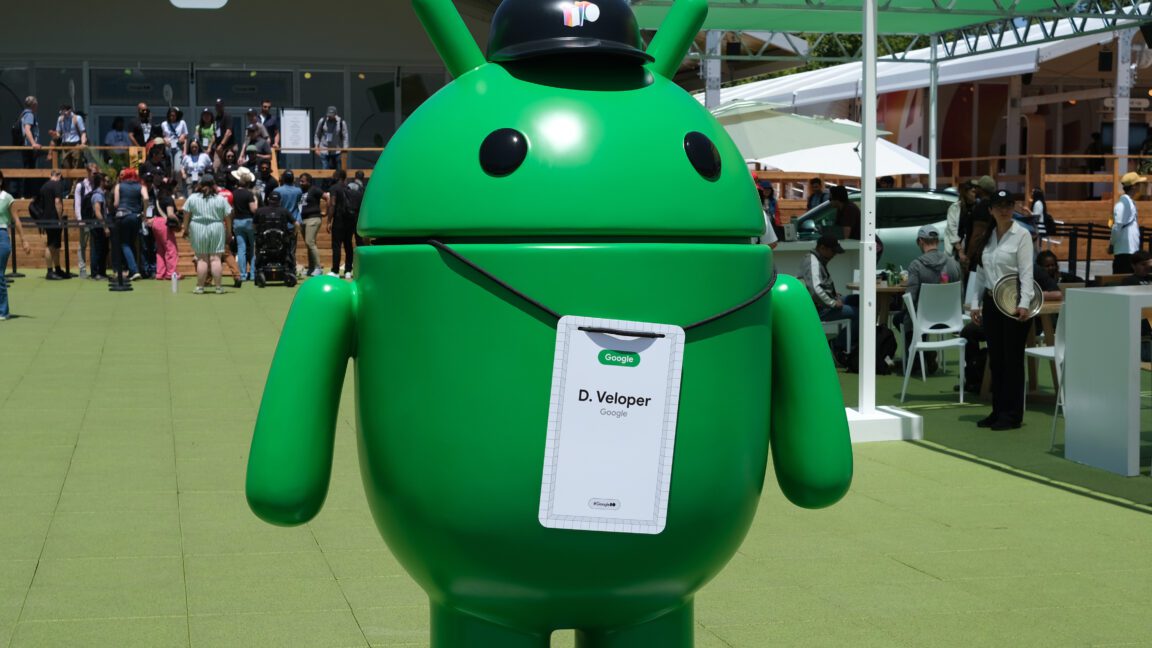
valve says it s still waiting for Valve’s ongoing quest for the next generation of its popular handheld gaming device, the Steam Deck, hinges on the availability of more advanced chip technology.
valve says it s still waiting for
Valve’s Position on Steam Deck 2 Development
In a recent interview with IGN, Valve Software Engineer Pierre-Loup Griffais provided insights into the company’s current stance regarding the development of a successor to the Steam Deck, which has been a significant player in the portable gaming market since its launch nearly four years ago. As gamers eagerly anticipate news of a more powerful version, Griffais emphasized that the company is waiting for advancements in portable gaming silicon before moving forward.
Performance Expectations
Griffais articulated that Valve is focused on ensuring that any new iteration of the Steam Deck represents a substantial performance upgrade. He stated, “The thing we’re making sure of is that it’s a worthwhile enough performance upgrade [for a Steam Deck 2] to make sense as a standalone product.” This indicates that Valve is not merely looking for incremental improvements. Instead, they aim for a significant leap in performance that would justify the release of a new device.
He further elaborated, “We’re not interested in getting to a point where it’s 20 or 30 or even 50 percent more performance at the same battery life. We want something a little bit more demarcated than that.” This statement underscores Valve’s commitment to delivering a product that not only enhances gaming performance but also maintains or improves battery efficiency, a critical factor for portable devices.
The Current State of Technology
Griffais pointed out that the current landscape of System on a Chip (SoC) technology does not yet meet Valve’s expectations for a next-generation Steam Deck. He noted, “We have a pretty good idea of what the next version of Steam Deck is going to be, but right now there’s no offerings in that landscape, in the SoC landscape, that we think would truly be a next-gen performance Steam Deck.” This statement highlights the challenges that hardware manufacturers face in keeping pace with the rapidly evolving demands of gamers.
The technology sector has seen significant advancements in various fields, but portable gaming silicon has not yet reached the level that Valve deems necessary for a meaningful upgrade. This situation raises questions about the timeline for the Steam Deck 2 and what features it might ultimately include.
Market Context and Competition
The gaming industry is highly competitive, with various companies vying for market share in the portable gaming segment. The original Steam Deck has carved out a niche for itself, but as technology evolves, so too do consumer expectations. Other companies, such as Nintendo with its Switch and various mobile gaming platforms, continue to innovate and release new hardware, putting pressure on Valve to keep up.
Consumer Expectations
As gamers become accustomed to high-performance devices, the demand for more powerful hardware is increasing. The success of the Steam Deck has set a benchmark for portable gaming, and many users are eager to see what Valve will offer next. The anticipation surrounding the Steam Deck 2 is palpable, but it also comes with a set of expectations that Valve must meet.
Gamers are not only looking for improved graphics and processing power but also for features that enhance the overall gaming experience. This includes better battery life, improved cooling systems, and enhanced connectivity options. As Griffais mentioned, the goal is to deliver a product that stands out in a crowded market, which means that Valve must carefully consider the features and capabilities of the next Steam Deck.
Technological Advancements on the Horizon
While Valve is currently waiting for better chip technology, it is worth noting that the semiconductor industry is rapidly evolving. Companies are investing heavily in research and development to create more powerful and efficient chips. The introduction of new manufacturing processes, such as 3nm and 5nm technology, promises to deliver significant performance gains while reducing power consumption.
These advancements could eventually provide Valve with the necessary components to create a next-generation Steam Deck that meets consumer expectations. However, until those technologies become available, Valve is taking a cautious approach to development, ensuring that any new product is worth the investment for both the company and its customers.
Stakeholder Reactions
The gaming community has reacted with a mix of excitement and impatience regarding the news of the Steam Deck 2. Many gamers are eager for an upgrade, particularly as they see competitors releasing new hardware. However, there is also an understanding that rushing a product to market without the necessary technological advancements could lead to disappointment.
Community Sentiment
Online forums and social media platforms have been abuzz with discussions about the potential features and specifications of the Steam Deck 2. Gamers are sharing their hopes for improved graphics capabilities, enhanced battery life, and even suggestions for new features that could set the device apart from its competitors.
Some users have expressed frustration with the wait, while others have praised Valve for its commitment to quality and performance. This sentiment reflects a broader trend in the gaming community, where players are increasingly discerning about the hardware they choose to invest in.
Industry Analysts’ Perspectives
Industry analysts have also weighed in on Valve’s decision to hold off on the Steam Deck 2. Many believe that the company’s cautious approach is wise, given the current state of technology. Analysts point out that releasing a product that does not meet consumer expectations could harm Valve’s reputation and affect future sales.
Furthermore, the competitive landscape is evolving, with new entrants and established players continuously innovating. Analysts suggest that Valve’s focus on delivering a substantial performance upgrade will be crucial in maintaining its position in the market.
Future Prospects
Looking ahead, the future of the Steam Deck 2 remains uncertain but promising. As technology continues to advance, Valve’s decision to wait for better chips may ultimately pay off. The company has established itself as a leader in the portable gaming space, and a well-executed successor could further solidify its position.
Potential Features and Innovations
While specific details about the Steam Deck 2 remain scarce, there are several potential features and innovations that could enhance the gaming experience. These may include:
- Improved Graphics: Leveraging the latest GPU technology to deliver stunning visuals and smoother gameplay.
- Enhanced Battery Life: Utilizing more efficient power management systems to extend playtime.
- Advanced Cooling Solutions: Implementing better cooling systems to prevent overheating during extended gaming sessions.
- Expanded Connectivity: Offering support for the latest wireless technologies and accessories.
- Customizable Features: Allowing users to tailor their gaming experience to their preferences.
These features could not only enhance gameplay but also attract new users to the Steam ecosystem, further expanding Valve’s reach in the gaming market.
Conclusion
Valve’s commitment to delivering a next-generation Steam Deck that meets the evolving demands of gamers is commendable. While the wait for better chip technology may be frustrating for some, it reflects a dedication to quality and performance that is essential in the competitive gaming landscape. As advancements in portable gaming silicon continue, the potential for a groundbreaking Steam Deck 2 remains on the horizon, promising to elevate the gaming experience for users worldwide.
Source: Original report
Was this helpful?
Last Modified: November 13, 2025 at 10:38 pm
2 views















